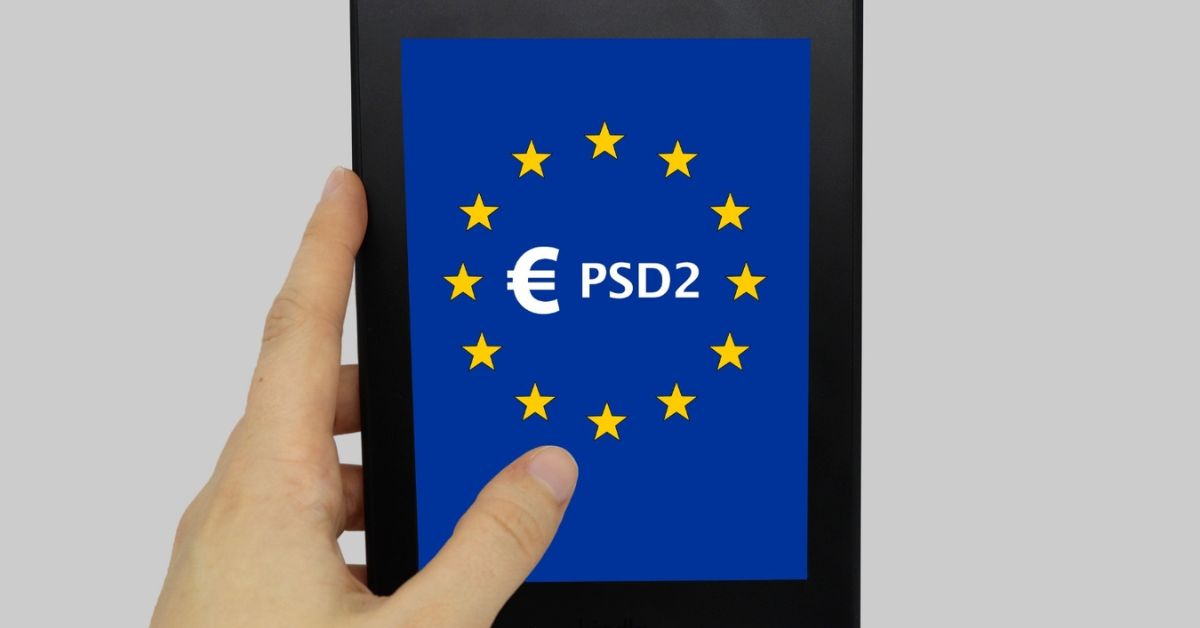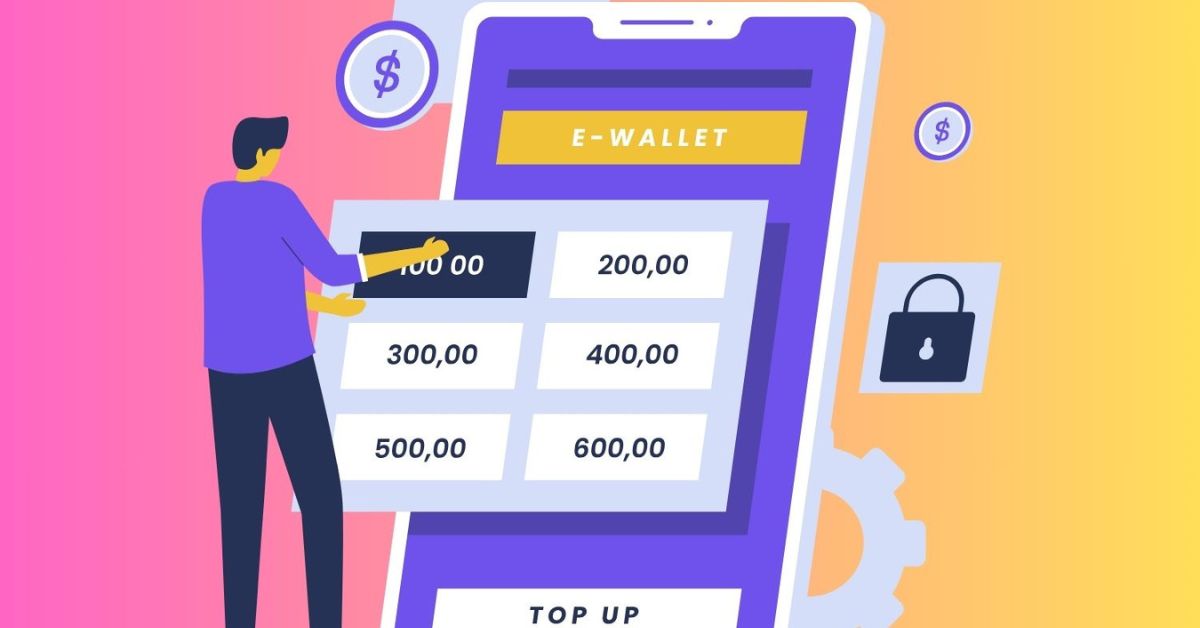Introduction
Open banking is revolutionizing the way consumers and businesses interact with financial services. By allowing third-party providers to securely access banking data through Application Programming Interfaces (APIs), open banking enables more innovative financial solutions that are both affordable and accessible. One of the most significant benefits of open banking is its ability to reduce the cost of financial services, making them more competitive and customer-friendly. Here’s how open banking is driving down costs and reshaping the economic landscape.
1. Increased Competition and Lower Fees
Traditionally, banks have been the gatekeepers of financial services, often with limited competition. Open banking disrupts this model by allowing FinTech and other third-party providers to offer new, competitive alternatives to traditional banking products. This competition drives prices down as banks and other financial institutions are forced to lower their fees and offer more attractive terms to retain customers.
For instance, with open banking, consumers can easily compare products such as loans, credit cards, and mortgages, helping them find the best deals with lower interest rates and fewer fees. As more players enter the market and compete for customers, the overall cost of financial services decreases, benefiting consumers with more affordable options.
2. More Efficient Services and Reduced Operational Costs
One primary way that open banking reduces costs is by streamlining financial services. By enabling banks and third-party providers to share data securely and efficiently, open banking eliminates much of the manual work traditionally required for processes like payments, account transfers, and loan approvals.
For example, with open banking, loan providers can access a customer’s banking history to assess creditworthiness. This real-time data access eliminates the need for lengthy paperwork and manual verification processes, speeding up the approval process and reducing administrative costs. By automating these processes, financial institutions can pass the savings on to their customers through lower fees and better interest rates.
3. Better Access to Alternative Lending Solutions
Open banking has paved the way for alternative lending solutions, such as peer-to-peer (P2P) lending platforms and alternative credit scoring models. By giving lenders access to a broader range of customer data (with consent), open banking allows them to assess risk more accurately and offer better interest rates.
Traditional credit scoring models often rely on limited data, which can exclude individuals with little to no credit history. Open banking, however, allows alternative lenders to consider a more comprehensive picture of a customer’s financial behavior, including their transaction history, payment patterns, and income. This more nuanced assessment can result in lower interest rates for consumers, as lenders can better gauge risk and offer more competitive terms.
4. Increased Financial Inclusion
For many consumers, accessing affordable financial services has historically been a challenge. Open banking is helping to reduce the barriers to entry by enabling underserved populations—such as those without traditional credit histories or access to mainstream banks—to access financial products at lower costs.
By using open banking data, financial institutions and fintechs can offer microloans, savings accounts, and insurance products with lower fees and more flexible terms to individuals who might otherwise be excluded from the traditional financial system. This increased financial inclusion benefits consumers and helps create a more diverse and equitable financial services market.
5. Customized Financial Products
Another cost-reducing aspect of open banking is its ability to enable personalized financial products. With access to detailed customer data, financial providers can create tailored solutions that match a consumer’s needs more accurately. For example, consumers can receive personalized advice on saving money, avoiding fees, and optimizing spending habits based on their real-time banking data.
By offering more relevant and tailored financial products, open banking eliminates unnecessary features that may come with traditional banking services, resulting in cost savings for consumers. Customization allows customers to pay only for the features they truly need, which helps to reduce unnecessary costs.
6. Improved Cross-Border Payment Efficiency
Open banking is also crucial in reducing the cost of cross-border payments. Traditional international money transfers can be expensive due to the high fees charged by banks and intermediaries. However, with open banking, fintech companies can bypass traditional banking channels and offer cheaper, faster, and more efficient cross-border payment solutions.
By utilizing real-time data and API technology, open banking allows for direct connections between financial institutions, reducing the need for intermediaries and their associated fees. This results in lower costs for consumers who need to send money internationally, making financial services more affordable and accessible for everyone.
Conclusion
Open banking is fundamentally changing the cost structure of financial services by driving competition, improving efficiency, and enabling more personalized offerings. By reducing operational costs, increasing financial inclusion, and offering alternative lending and payment solutions, open banking helps consumers access more affordable financial products. As the ecosystem continues to evolve, the cost-saving benefits of open banking will only grow, making financial services more competitive, transparent, and accessible for everyone.
#OpenBanking #FinancialServices #Fintech #CostReduction #FinancialInclusion #CompetitiveBanking #DigitalBanking #FinancialProducts #CustomerExperience #Innovation
Categories



